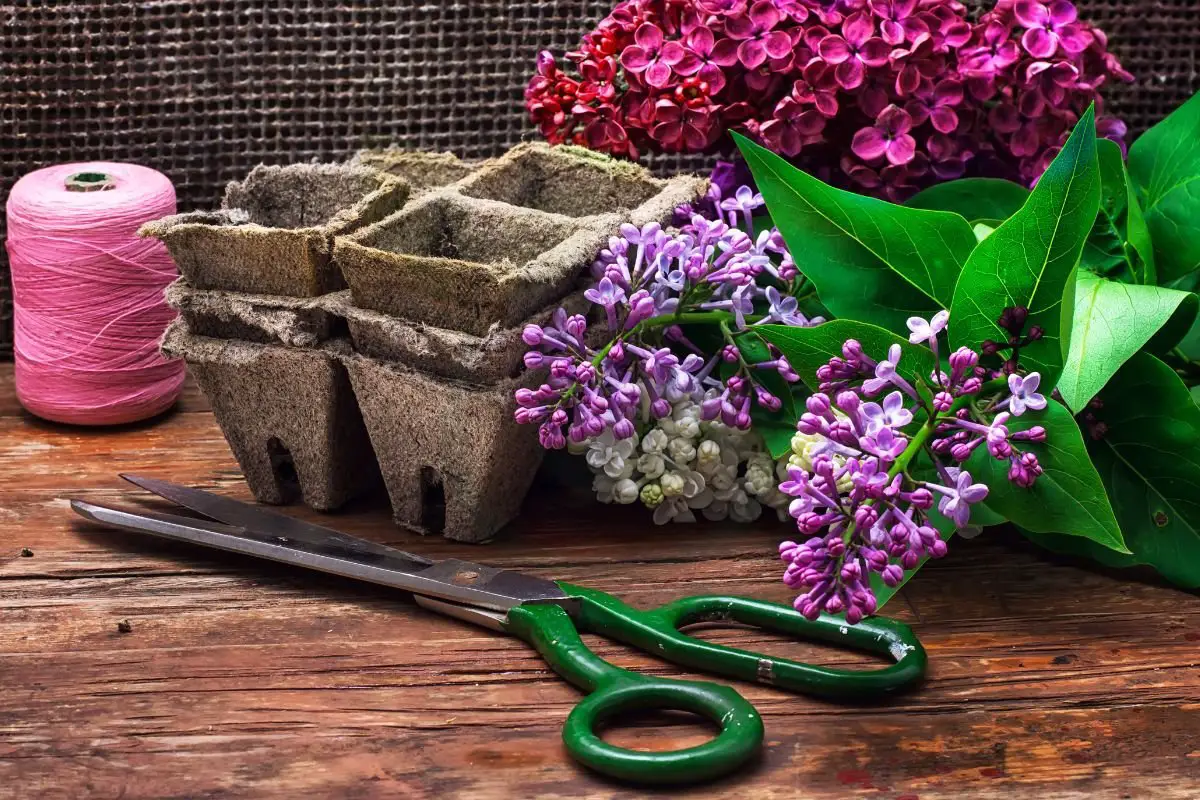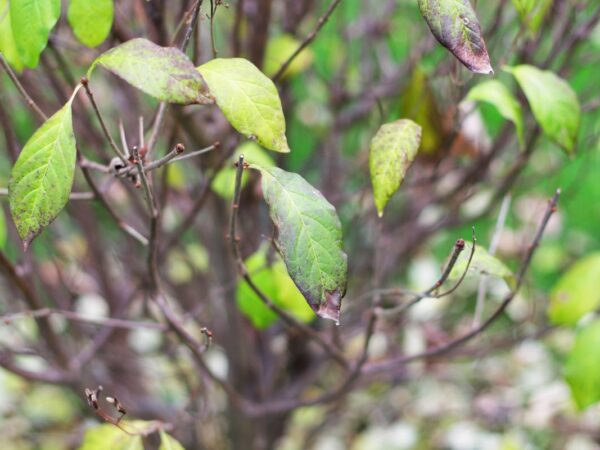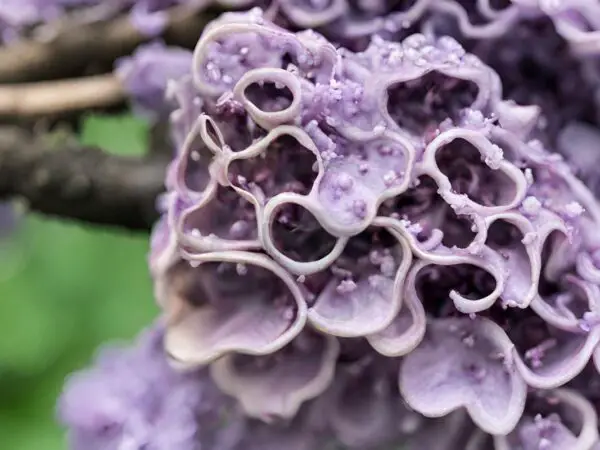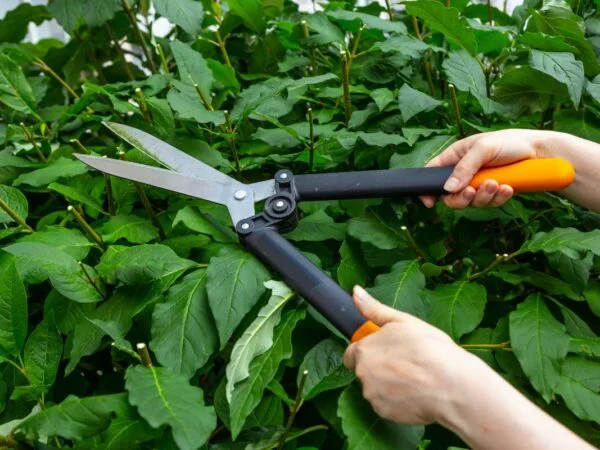Wondering if you can grow a lilac bush in a pot? The answer might surprise you. While lilacs, cultivars of shrubs, are typically known for their sprawling nature and purple buds, it is indeed possible to cultivate them in containers, offering a beautiful contrast between traditional garden settings and modern urban spaces.
To successfully grow a lilac bush in a pot, consider factors like container size, soil quality, sunlight exposure, and pruning techniques. In this post, we'll delve into the step-by-step process of nurturing lilacs, shrubs, in pots, ensuring your plants thrive and bloom vibrantly. Get ready to transform your patio, balcony, or garden with the fragrant beauty of lilac blossoms and container plants.
Curious to learn more about unlocking the secrets to growing lilacs, shrubs, flowers, and leaves in containers? Keep reading for expert tips and tricks to elevate your gardening skills and create a stunning floral display.
Key Takeaways
- Choose the Right Lilac Variety: Select a lilac bush variety that is suitable for container growth, such as dwarf or compact cultivars.
- Opt for Large, Drainage Pots: Use pots that are at least 18 inches in diameter with drainage holes to ensure proper water flow and root health.
- Create Well-Draining Soil: Prepare a mix of potting soil, compost, and perlite to promote good drainage and aeration for your lilac bush.
- Plant Carefully: When planting your lilac in a pot, ensure the root ball is at the same level as the soil surface and water thoroughly after planting.
- Water Wisely: Water your potted lilac regularly, keeping the soil consistently moist but not waterlogged to support healthy growth.
- Prune Regularly: Annually prune your lilac bush after blooming to remove spent flowers and maintain its shape and size.
Choosing Lilacs
Small Varieties
- Select compact lilac varieties like Bloomerang® Dwarf Purple Lilac for limited spaces.
- Opt for smaller lilac bushes to ensure they fit well within pots.
- When choosing a lilac bush for potting, consider its size and growth potential.
Indoor Suitability
- Assess whether lilac bushes can thrive indoors based on available lighting conditions.
- Ensure proper ventilation if placing lilacs indoors to maintain their health.
- Monitor indoor temperature and humidity levels to create an ideal environment for lilacs.
Selecting Pots
Right Size
When planting a lilac bush in a pot, select a container that can comfortably accommodate the plant's root system. Opt for a pot that is at least 12 inches deep and 24 inches wide to allow ample space for growth. Larger containers provide better insulation for the roots, promoting healthier development over time.
Drainage Importance
Prioritize good drainage when choosing pots for lilacs to prevent waterlogging, which can harm the plant. Opt for pots with drainage holes to ensure excess water can escape, reducing the risk of root rot. Elevating the pots slightly by placing them on pot feet or bricks can further enhance drainage efficiency.
Preparing Soil
Soil Needs
Provide lilacs with humus-rich, well-drained, neutral to alkaline soil. Enhance soil quality with compost for lilac nourishment. Avoid acidic soils by using alkaline or base potting mix.
Mulching Benefits
Mulch helps retain soil moisture for lilac bushes, protecting roots from extreme temperatures. Use organic mulch to enrich soil nutrients.
Planting Process
Potting Steps
To plant a lilac bush in a pot successfully, ensure the proper potting depth for the plant to establish well. Gently loosen roots before potting to encourage better growth and development. When potting, remember to add soil gradually to prevent the formation of air pockets that can hinder root growth.
Sunlight Placement
For optimal growth, place your potted lilac in an area that receives at least 6 hours of direct sunlight daily. To ensure even sunlight exposure on all sides of the plant, rotate the pots occasionally. Avoid any shading over the lilacs as it can impede their growth and overall health.
Watering Techniques
Diligent Watering
Water lilacs regularly to maintain soil moisture levels. Check soil moisture often to avoid under or overwatering. Adjust watering frequency according to weather conditions.
Monitoring Moisture
Monitor soil moisture by checking the top inch. Adjust watering based on seasonal moisture changes. Utilize a moisture meter for precise monitoring.
Fertilizing Strategies
Bloom Success
Promote blooming by providing enough sunlight to lilacs. Proper pruning encourages flower production. Appropriate fertilization supports healthy blooms.
Root Trimming
Trim lilac roots when they outgrow the container size. Prune roots carefully to avoid plant damage. Regular root trimming ensures growth and flowering continuity.
Pruning Annually
Prune lilacs after flowering to maintain shape and size. Remove dead or damaged branches during pruning. Avoid excessive pruning to prevent stress on the plant.
Stress Signs
Look for yellowing leaves as a sign of stress in lilacs. Monitor wilting or drooping foliage for plant distress. Address stress promptly to prevent further damage.
Winter Care
Protection Methods
Shield lilacs from strong winds to prevent damage. Use plant covers during extreme weather conditions. Protect lilacs from pests and diseases with appropriate measures.
Winterizing Containers
Insulate lilac pots during winter to protect roots from frost. Move pots to sheltered areas to shield from harsh winter conditions. Reduce watering frequency in winter to prevent waterlogging.
Pest Management
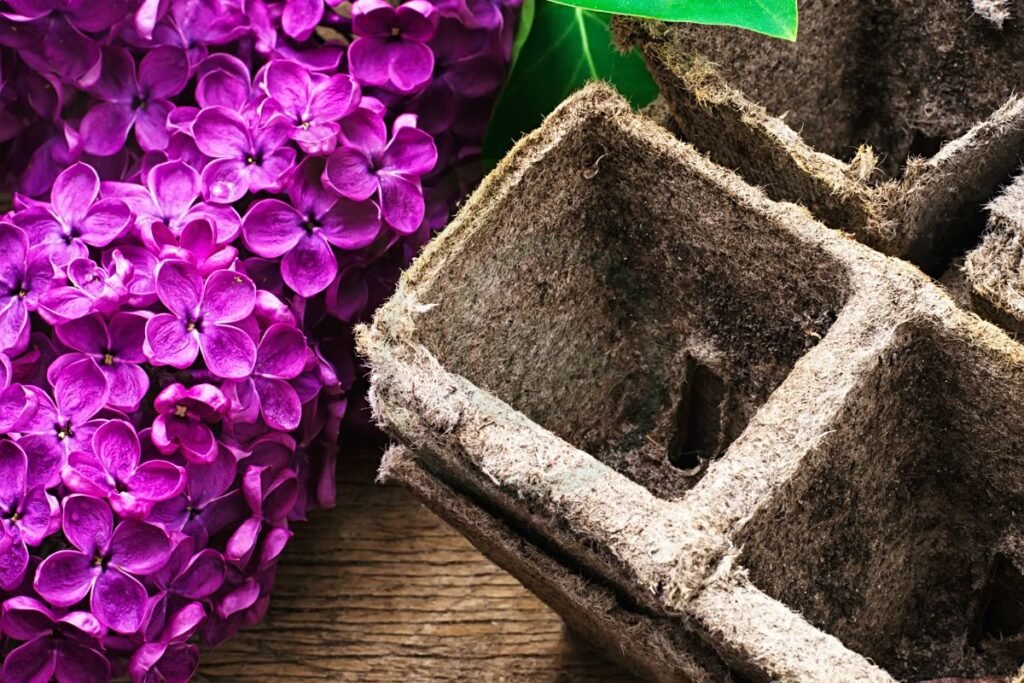
Common Pests
Aphids, spider mites, and powdery mildew are common pests that can affect lilac bushes. These pests can damage the plant by sucking sap or causing fungal infections. Neem oil is an effective natural remedy for controlling these pests. Regularly inspecting the leaves is crucial for early detection and treatment.
- Watch out for aphids, spider mites, and powdery mildew on lilacs.
- Use natural remedies like neem oil to control common pests.
- Regularly inspect leaves for early pest detection.
Stress Monitoring
Monitoring lilac health indicators such as leaf color and growth rate is essential in stress management. Changes in these indicators may signal underlying issues like nutrient deficiencies or pest infestations. Keeping track of environmental factors like temperature and humidity levels helps in understanding and addressing stressors promptly.
- Monitor lilac health indicators like leaf color and growth rate.
- Keep track of environmental factors affecting lilac stress levels.
- Implement stress-relief measures promptly to ensure plant well-being.
Closing Thoughts
By following these steps to grow a lilac bush in a pot, you can enjoy the beauty and fragrance of these lovely flowers right at your doorstep. Remember to choose the right type of lilac, select a suitable pot size, prepare nutrient-rich soil, plant carefully, water adequately, fertilize appropriately, prune annually, provide winter care, and manage pests diligently. Your efforts will be rewarded with vibrant blooms and a thriving lilac bush that will enhance your outdoor space.
Now that you have all the information you need to successfully grow lilacs in pots, it's time to get your hands dirty and start planting! Share your newfound knowledge with fellow gardening enthusiasts and inspire them to embark on their lilac-growing journey. Happy gardening!
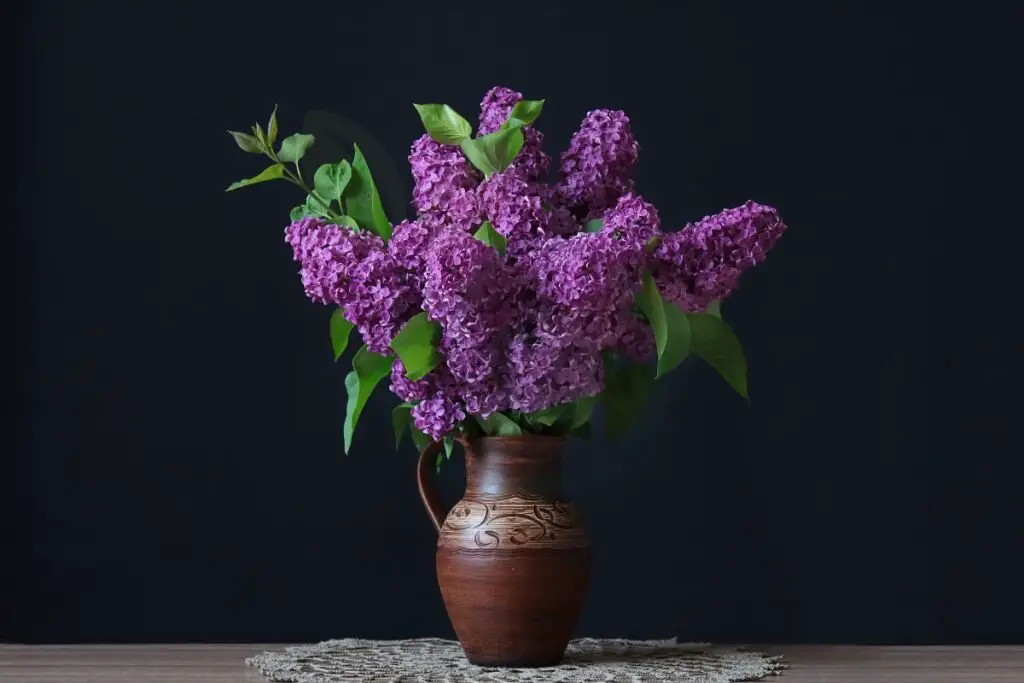
Frequently Asked Questions
Can lilac bushes grow in pots?
Yes, lilac bushes can be grown in pots, but they need large containers to accommodate their root system and regular pruning to control their size.
What type of pots are suitable for growing lilac bushes?
Choose large, sturdy pots with drainage holes to ensure proper water drainage and aeration for the lilac roots.
How should I prepare the soil for planting a lilac bush in a pot?
Use well-draining soil mixed with compost or organic matter to provide nutrients and good drainage for the lilac bush in a pot.
When is the best time to plant a lilac bush in a pot?
The ideal time to plant a lilac bush in a pot is during the early spring or fall when temperatures are moderate for better root establishment.
How often should I water my potted lilac bush?
Water your potted lilac bush deeply but infrequently, allowing the top inch of soil to dry out between watering sessions to prevent overwatering.
Image Source: Paid image from CANVA

